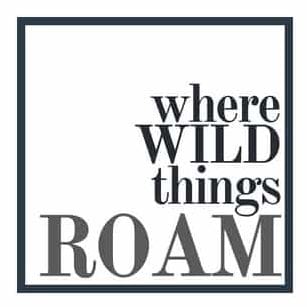Roam Wild in Africa’s KAZA Region
Nestled within the heart of southern Africa lies a vast expanse of untamed wilderness, where the rhythm of life beats to the tune of nature’s symphony.
Welcome to the Kavango-Zambezi Transfrontier Conservation Area, more affectionately known as the KAZA region. Stretching across five countries, this extraordinary landscape is a sanctuary for some of Africa’s most iconic wildlife, offering visitors a glimpse into the raw beauty and inherent magic of the continent.
Encompassing parts of Angola, Botswana, Namibia, Zambia, and Zimbabwe, the KAZA region spans an astonishing 520,000 square kilometres, making it the largest transfrontier conservation area in the world.

Within its boundaries, a mosaic of diverse habitats flourishes, from lush wetlands and sprawling savannas to meandering rivers and ancient woodlands. It is this rich tapestry of ecosystems that sustains a staggering array of flora and fauna, including charismatic megafauna such as elephants, lions, and hippos, as well as countless bird species and smaller mammals.
But the significance of the KAZA region extends far beyond its sheer size and biodiversity. At its core lies the pioneering concept of open borders, a visionary approach to conservation that transcends political boundaries in favour of ecological harmony.
By fostering cooperation and collaboration among neighbouring countries, KAZA promotes the free movement of wildlife across vast landscapes, enabling migratory species to follow ancient routes unfettered by human constraints. This interconnectedness not only safeguards critical habitats but also strengthens the resilience of entire ecosystems in the face of mounting threats such as habitat loss and climate change.

Tourism, too, plays a pivotal role in the conservation equation within the KAZA region. As travellers venture into its remote corners, they become ambassadors for conservation, bearing witness to the delicate balance between humans and wildlife.
From immersive safaris and tranquil river cruises to cultural encounters with local communities, visitors have the opportunity to forge meaningful connections with the natural world while contributing directly to its protection. Moreover, sustainable tourism initiatives within KAZA support local livelihoods, empowering communities to become stewards of their own heritage and fostering a sense of pride in the preservation of their natural inheritance.

For those seeking adventure off the beaten path, the KAZA region offers a wealth of experiences that transcend the ordinary. Embark on a safari through the iconic floodplains of the Okavango Delta, where the rhythmic call of the African fish eagle echoes across the reed-lined channels.
Traverse the rugged landscapes of Namibia’s Zambezi Region, where desert-adapted elephants roam beneath towering baobab trees. Drift along the Zambezi River as it cascades over the precipice of Victoria Falls, a thundering testament to the awesome power of nature.
Yet, amid the awe-inspiring landscapes and awe-inspiring wildlife, lies a profound truth – the fate of the KAZA region is intricately intertwined with our own. As stewards of this irreplaceable wilderness, it is our collective responsibility to safeguard its future for generations to come.
So, let us roam wild in Africa’s KAZA region, not merely as spectators, but as custodians of a legacy worth protecting. For in its untamed beauty, we find not only solace for the soul but hope for a brighter, wilder world.








































